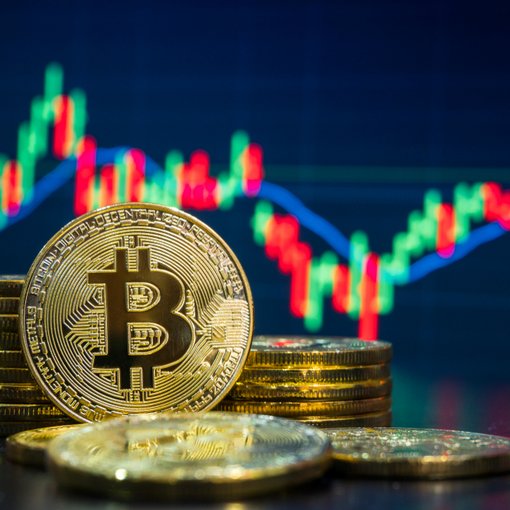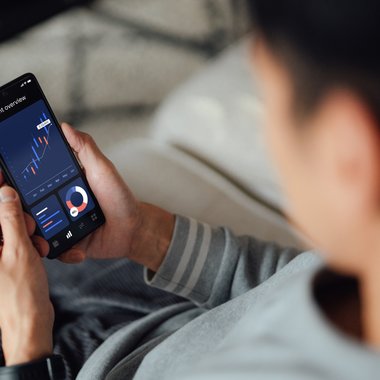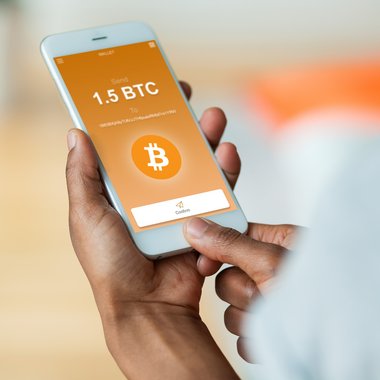
- Four minutes read
Seamless card payments: the missing link to mass crypto adoption?
After more than a decade of largely unfulfilled potential, it's beginning to feel as if cryptocurrencies are turning a corner.
After more than a decade of largely unfulfilled potential, it's beginning to feel as if cryptocurrencies are turning a corner.
Awareness is at an all time high — when we conducted our annual consumer research, 84% of UK respondents and 83% of US respondents could name at least one cryptocurrency.
But the more significant news is that cryptocurrencies are increasingly front and centre in consumers' spending plans, to the point where 55% of the UK and US's 30 million crypto owners want their salaries paid in cryptocurrency.
Clearly, we're inching closer towards mass adoption.
That said, we're not quite there yet.
So what's the missing link?
What will it take for cryptocurrency payments to become as ubiquitous as payments in US Dollars, Euro, or British Pounds?
In search of acceptance
While more people have heard about cryptocurrencies than ever before, our data suggests many still aren't confident in their level of understanding.
Less than half of crypto owners feel more knowledgeable about cryptocurrencies today than they did when they started buying them. And there are also a number of misconceptions floating around.
As recently as 2020, for instance, 30% of respondents to a survey believed cryptocurrencies are mainly used for illegal activities, when in fact they're most commonly used to buy food. Similarly, a significant number of people have cashed out their crypto investments due to negative news stories or comments from family and friends.
If cryptocurrencies are to gain more widespread legitimacy, these misconceptions need to be urgently addressed.
That said, the single biggest roadblock to greater adoption is lack of acceptance at the checkout.
For cryptocurrency payments to become as familiar to consumers as cards, contactless, and other payment methods, customers must be able to pay with them quickly and easily anywhere — in bricks-and-mortar stores and online.
But while, over the past few years, there's been an increase in the number of merchants who accept cryptocurrencies — including big names like Burger King, Starbucks, and Overstock — they're not yet accepted at the checkout as a matter of course.
Cryptocurrency payments: a merchant's perspective
From a merchant's perspective, accepting cryptocurrency payments creates two big challenges.
Firstly, while growing interest and investment — including from institutional investors — means cryptocurrencies are more liquid than they used to be, volatility is still a problem.
In May 2022 over $200 billion of wealth was wiped out in a massive sell-off in cryptocurrencies in just 24 hours, with Bitcoin dropping by as much as 10% to its lowest level since December 2020 driven by the collapse of the TerraUSD stablecoin. Smaller merchants in particular are unlikely to have the appetite for this kind of risk, especially when they may have issues such as customer refunds to deal with.
Secondly, accepting crypto payments has traditionally entailed operational issues such as changes to point of sale equipment and specialised custody and treasury services. Dealing with these issues is time-intensive, costly, and complex.
Reaching the tipping point
While crypto's volatility is likely to persist — some even argue it's a feature, not a bug — there's a way around the operational issues: crypto-linked cards. These are standard debit cards that allow the holder to spend their cryptocurrency as they would any other currency: by tapping their card or keying in their details at the online checkout.
Crypto-linked cards have several advantages for customers and merchants alike.
From a customer perspective, they make it possible to top up your crypto account, buy cryptocurrency, and cash out faster than you would via bank transfer.
And because they're issued in partnership with major card issuers, they're accepted at any point-of-sale system that accepts other cards from those same issuers. Which means quick, seamless payments and no need for merchants to make changes to their payment infrastructure.
Paysafe and Visa Direct: Enabling seamless cryptocurrency payments and payouts
When we asked the crypto owners why they own cryptocurrency, the top reason they gave us was that they believed it's the future of finance.
But belief can only become reality if paying and getting paid in cryptocurrency is as simple and convenient as tapping a card.
At Paysafe, we've been working to make this happen for close to a decade.
In 2015, Skrill and Neteller became two of the first digital wallets that allowed users to deposit Bitcoin. And in 2016, we launched one of the first payment processing platforms that made it possible for merchants to accept Bitcoin.
Now, through our partnership with Visa Direct, we've created an API that allows merchants — including cryptocurrency platforms — to process payments and payouts quickly, and customers to move money in and out of their crypto accounts more easily than ever before.
Where topping up a crypto wallet via bank transfer typically takes up to three days, our Visa Direct integration enables funds to be made available instantly. This gives customers the flexibility to capitalise on dips in cryptocurrencies' value and makes their coins readily accessible because funds can reach their bank account almost instantly, so they can use them for everyday purchases.
In addition to the benefits offered by Visa Direct, merchants can offer near-instant, seamless payments both locally and internationally through a single, intuitive interface, including to crypto-linked debit cards which customers can use to pay at any Visa-enabled point of sale worldwide.
And if customers have the assurance they can use cryptocurrency as if it were a fiat currency, it'll be several steps closer to becoming a legitimate, spendable currency that is accessible to all.
This article was originally published by Global Banking and Finance here.




